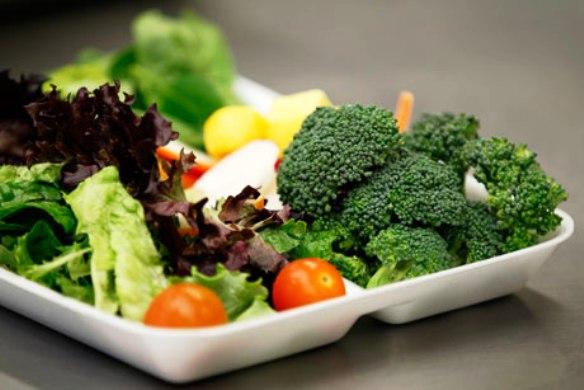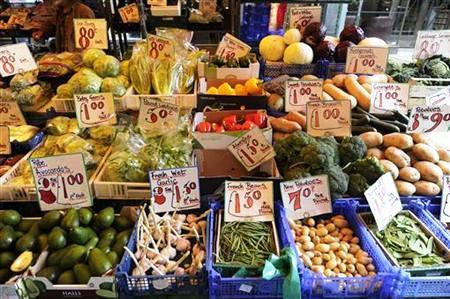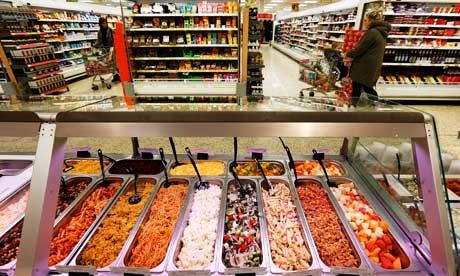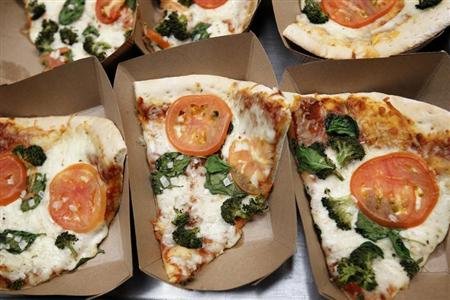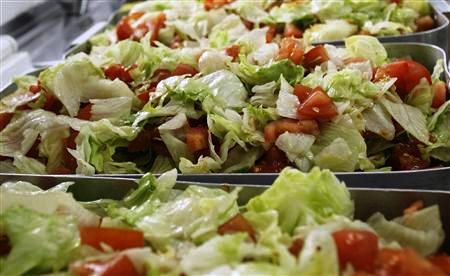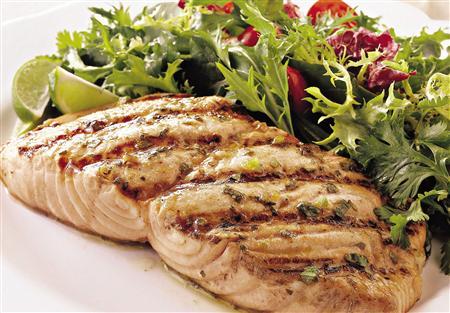 | « Back to article | Print this article |
Five days below the poverty line
If one tries sincerely, it's not impossible to cut down weekly food costs to as low as $14.04, notes Dan Wilchins
My wife Becky and I experimented with radically cutting our food costs last week as part of a fundraising campaign created by a hunger charity.
Under the 'Live Below The Line' campaign sponsored by the Global Poverty Project, an Australian charity, for five days we spent $1.50 per person per day on food, which is the extreme poverty line globally, according to the World Bank.
Living in New York, we typically spend about $140 a week on groceries for our family of four.
What drew me to the campaign was seeing if we could shrink that amount drastically. It was like trying to solve a puzzle, and if we got it right, we could make a charitable donation.
My wife agreed to do it, with a few stipulations.
Click NEXT to read further. . .
Five days below the poverty line
Neither of us wanted to include our children, who at ages 1 and 4 would gain nothing from losing all those calories.
We agreed to 'cheat' by not charging pantry staples -- like cooking oil, seasoning, or even breakfast cereal -- against our weekly allowance of $15.00, or $1.50 per person times five days.
And when co-workers offered us cookies, we gladly ate them.
But even with changes to the rules, the exercise still had integrity.
Living in a two-bedroom apartment in Brooklyn, New York, we have a small larder, so whatever we buy, we soon eat.
Click NEXT to read further. . .
Five days below the poverty line
I do the food shopping and the cooking and have learned to economise over the years.
I came to the exercise ready with these principles:
Never let your produce die of old age: I would forget about errant broccoli stalks or bunches of carrots, only to find them weeks later, shriveled in the produce drawer of our fridge.
I know I'm not alone. As much as 40 per cent of food in the United States is wasted, according to United Nations data, and at least some of that happens on the household level.
Generally, I build the week's menu based on what we already have in the fridge and the pantry.
Click NEXT to read further. . .
Five days below the poverty line
Substitute relentlessly: Yellow onions taste the same as white onions when cooked, but are often cheaper.
In many recipes, cream cheese can work in place of goat cheese.
Look for cheaper places to buy weekly staples: At another apartment we lived in, I saved $7 a week by buying milk and eggs at an organic market a little further away than the neighborhood store.
Think that's not worth it? That's as much income as you might earn from a $3,500 fixed-rate savings bond at today's 0.2 per cent interest rate.
And of course, shop the sales.
Click NEXT to read further. . .
Five days below the poverty line
A HILL OF BEANS
Some of these lessons came in handy as I tried to whittle down our food bill to sub-poverty levels.
The flour tortillas we usually buy are $2.99, so we got corn tortillas instead, buying 30 of them for just $1.25.
And the corn tortillas made our Mexican food more authentic.
Green beans were $3 a pound fresh, 80 cents a pound frozen, and 67 cents a pound canned, so we held our noses and went for the canned.
With fresh zucchini was on sale for just 50 cents, we bought one.
Our plan was to make big dinners, and use the leftovers for lunch the next day.
Click NEXT to read further. . .
Five days below the poverty line
Our meal plan always includes at least one beans-and-rice dish a week, but last week beans had to go a lot farther for us.
Monday night we had plain beans and rice, and the next night we put the beans and rice on tortillas, added a little cheddar cheese and zucchini, and had excellent tacos.
For variety, on Wednesday and Thursday we ate fried rice with green beans, ginger, onions and eggs, and a black bean sauce.
I'm a kosher vegetarian married to a sometime vegan, so I figured that sticking to the plan would be easy.
But it was harder than we had hoped.
Click NEXT to read further. . .
Five days below the poverty line
I craved variety after just a few days of beans and rice.
For much of the week, I envied my coworkers' sandwiches.
By Friday, I groaned at the prospect of another meal with canned green beans, and instead ate ramen noodles with eggs for lunch.
On Sunday, when we bought our food for the week, we spent $13.88, figuring we'd leave some wiggle room for extras.
We only ended up using one bag of rice, though we bought two, which gave us an extra $1.19 to play with.
And we planned to make a salsa to include with our huevos rancheros on Friday night, but decided to skip it, giving us another 30 cents to use.
Click NEXT to read further. . .
Five days below the poverty line
Becky ended up buying a few slices of dried apples on Friday for a snack, and I bought two packages of ramen noodles for my lunch on Friday.
When the dust settled, we had spent $14.04 for the two of us, not including food for our sons, and will donate about $125 to a hunger charity.
The Global Poverty Project, which runs this challenge, aims to educate people about poverty and advocates for changes to help end extreme poverty.
We are still figuring out where our donation will go, but it may well go to them.
As with religious practices, it is easy to imagine ways to be more stringent. You can skip the pantry items.
You can count the cost of water, which in a third-world country can be difficult to transport. You can count the cost of electricity or gas for cooking.
Becky and I are already thinking about our plan for next year.
Click NEXT to read further. . .
Five days below the poverty line
Our initial budget:
- Two bags of rice, $1.19 each, $2.38
- Tortilla shells, $1.25
- 8 oz cheddar cheese, $2.19
- Two cans of green beans, 67 cents each, $1.34
- One dozen eggs, $2.00
- One zucchini, 48 cents
- One onion, 94 cents
- Fresh ginger, 32 cents
- Bag of dry black beans, $1.49
- One can of tomatoes, 8 oz, 30 cents
- One quart of milk, $1.19.
Click NEXT to read further. . .
Five days below the poverty line
Additions and subtractions:
- two packages of ramen noodles, +67 cents
- a can of tomatoes, -30 cents
- a bag of rice, - $1.19
- dried apples, + 98 cents.
Total spent at week end: $14.04

© Copyright 2025 Reuters Limited. All rights reserved. Republication or redistribution of Reuters content, including by framing or similar means, is expressly prohibited without the prior written consent of Reuters. Reuters shall not be liable for any errors or delays in the content, or for any actions taken in reliance thereon.
